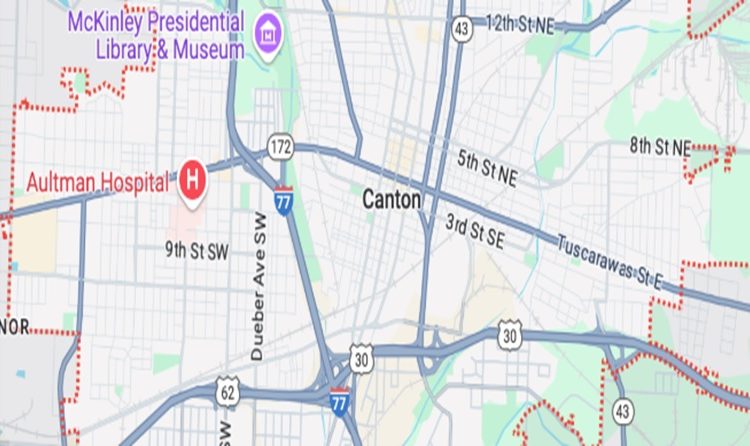Selecting a life insurance product in India can be a daunting task, as there are various options available in the market. Numerous insurance companies offer a variety of life insurance products. So, it is difficult to choose an ideal alternative as per your requirements.
Today, a term insurance policy is one of the most popular life insurance products. Before we speak about its advantages and types, lets us first understand what is term insurance plan.
A term plan is a life insurance policy that provides life coverage to the policyholder for a specific period at a fixed premium throughout the policy tenure. There are two types of term plans, a pure term policy and a term plan with the return of premium (TROP), also known as an ROP term plan. Here, we have explained the features and benefits of these policies to help you make an informed decision.
What is a pure term life insurance plan?
A pure term life insurance policy provides life protection coverage at a predetermined premium for a particular duration. If the policyholder dies during the policy term, the insurer is liable to pay the death benefit to his or her nominees. As there is no investment component, this policy has no maturity benefits. Here, you determine the period of coverage based on your needs. If you outlive the tenure, you do not receive any maturity benefits.
What is a TROP?
TROP is similar to conventional life insurance policies. However, the distinguishing factor over here is that a TROP offers either a survival benefit or the death benefit. If the policyholder survives the policy period, he or she will receive the total premium paid until date from the insurer. However, if he or she passes away, the nominees will get the death benefit.
Here are a few points of comparison between a pure term policy and a TROP.
- Premium
A pure term plan comes at the lowest premium among all other life insurance policies offered by insurers. The premium of a pure term plan is lower compared to a TROP, as it does not offer any survival benefits.
- Tax benefits
Both pure term plan and TROP offer tax exemptions under Section 80C of the Income Tax Act, 1961. Here, you can claim a maximum annual deduction of INR 1.5 lakh on the premium paid. According to Section 10(10D) of the Act, the death benefit received by your nominees is tax-free in both these policies. Additionally, in a TROP, the total premium that you receive upon surviving the policy tenure is tax-exempt under section 10(10D).
- Survival benefits
There are no survival benefits when you outlive the tenure of your pure term plan. Conversely, in a TROP, the insurer returns you the aggregate premium paid if you remained invested throughout the policy duration.
- Surrender value
Your pure term plan discontinues when you stop paying the premium. Here, you will lose the life cover that can jeopardize your family’s financial future. When you surrender the TROP plan before its tenure, you will receive a part of the premium. However, your policy gets terminated.
- Best for
If you are primarily looking for a policy only to ensure your family’s monetary safety against the uncertainties of life, you can opt fo can opt for a pure term plan. A TROP is suitable if you wish to shield your family’s economic future and receive a monetary benefit on survival.
You can buy term plan online or through an insurance agent based on your convenience and preference. When you buy a term plan online, you end up paying a cheaper premium viz-a-viz purchasing it offline.
While comparing these two kinds of term policies, it is advisable to use a term plan calculator. This useful online tool will help you determine the premium that you will need to pay to buy any of these plans according to the desired sum assured. You can find the term plan calculator on all insurer’s and aggregators’ websites. So, review the prices and invest in any of the policies as per your budget, expectations, and life goals.






